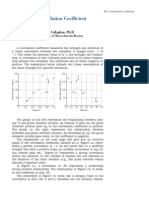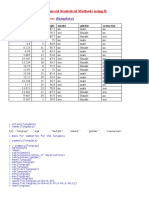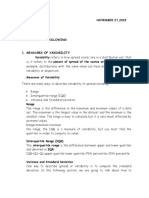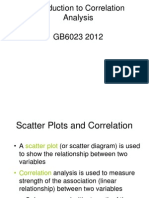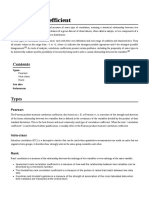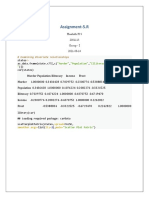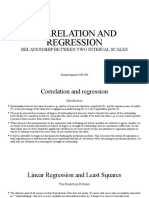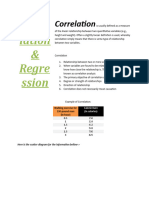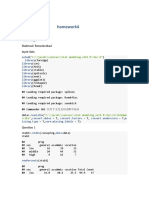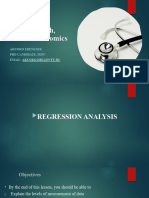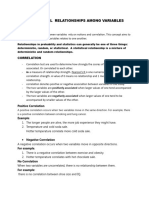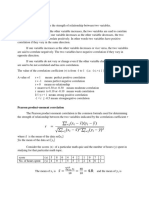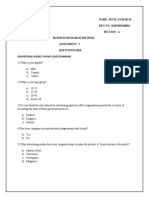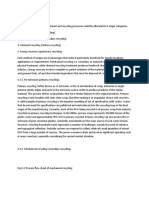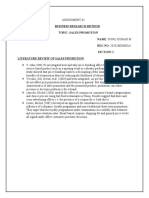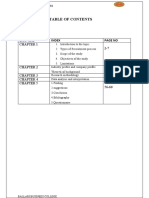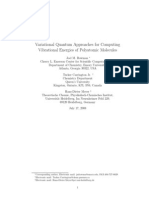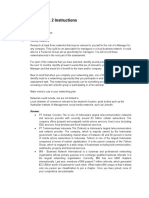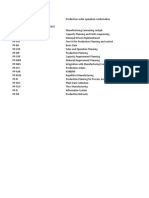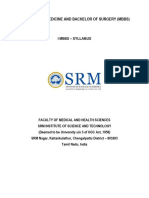0% found this document useful (0 votes)
34 views4 pagesChi-Square Test
The document discusses different correlation tests including Pearson, Spearman, and Kendall correlations. It calculates correlations between variables in the state.x77 dataset and displays the results.
Uploaded by
SunilCopyright
© © All Rights Reserved
We take content rights seriously. If you suspect this is your content, claim it here.
Available Formats
Download as DOCX, PDF, TXT or read online on Scribd
0% found this document useful (0 votes)
34 views4 pagesChi-Square Test
The document discusses different correlation tests including Pearson, Spearman, and Kendall correlations. It calculates correlations between variables in the state.x77 dataset and displays the results.
Uploaded by
SunilCopyright
© © All Rights Reserved
We take content rights seriously. If you suspect this is your content, claim it here.
Available Formats
Download as DOCX, PDF, TXT or read online on Scribd
/ 4
